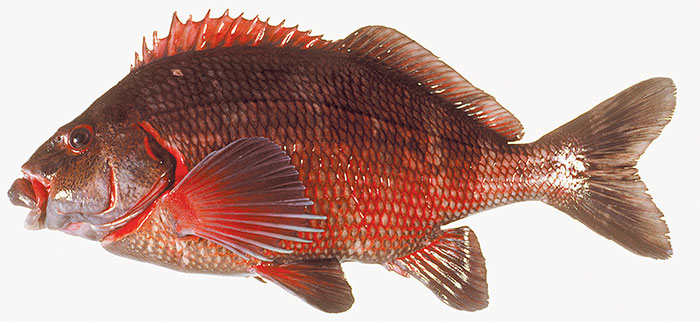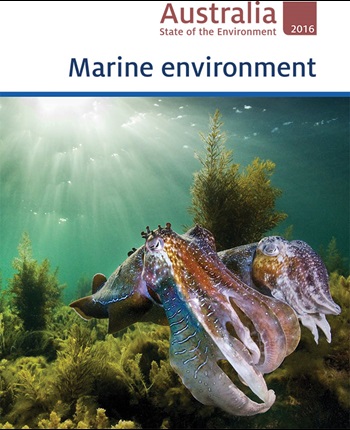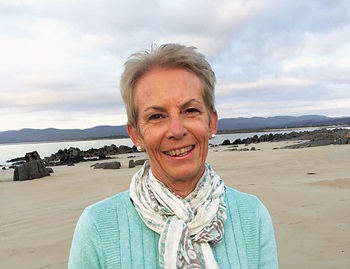SAFS reports update

The Status of Australian Fish Stock (SAFS) is a relatively new reporting tool that brings together the best available biological, catch and effort information to determine the status of Australia’s wild-catch fish stocks against a nationally agreed reporting framework. The SAFS Advisory Group has held several meetings this year to progress the production of SAFS 2018.
- Increase in species numbers: Since the inaugural 2012 SAFS reports, each new edition has broadened its scope. The SAFS Advisory Group, which governs the reports, has agreed that the next edition, to be released in December 2018, will include 37 new species, bringing the total to 120 (up from the current 83 species across 294 stocks).
- Reduction in species classified as ‘undefined’: A reduction in the percentage of species classified as ‘undefined’ is a key goal of SAFS. To help address this issue workshops will be held in each jurisdiction to train local staff in suitable data-poor stock assessment methods.
- Tracking progress of species recovery: The SAFS reports provide a road map for the recovery of stocks for fisheries management, industry and research. Research gaps, to address overfished and transitionally recovering stocks (stocks at biological risk), have been identified by the SAFS Advisory Group and are being considered by the FRDC’s Research Advisory Councils as potential research priorities to inform stock recovery plans.
- 2018 Classification Framework: The SAFS Advisory Group has endorsed changes to the SAFS Classification Framework to be released for SAFS 2018.
- Independent audit: An independent audit of the SAFS reports was commissioned by the FRDC in March 2017. It was found that all fisheries agencies continue to support SAFS and that the SAFS reports have achieved major successes in gaining the support and cooperation of all jurisdictions in developing an agreed, common framework for stock status reporting. The recommendations of the audit are available on the fish.gov.au website.
More information
2016 Status of Australian Fish Stocks reports
Carolyn Stewardson, carolyn.stewardson@frdc.com.au
‘Good’ rating on oceans
 Australia State of the Environment 2016
Australia State of the Environment 2016The Australia State of the Environment 2016 report, released earlier this year, has provided a ‘good’ overall rating for the marine habitats, communities and species groups assessed, with stable or improving trends. The FRDC contributed to the Marine Environment report, which found that fewer fish stocks were “overfished” due to management efforts over the past decade.
In a comparison of the leading 53 commercial fishing nations, Australia’s management ranked equal fourth overall and second for sustainability. However, the report also found no marine species had been removed from the national threatened species list since 2011, eight species and one ecological community had been added, and two species had moved up the list.
Other findings include the following.
- The main environmental pressures are the same as in 2011: climate change, land-use change, habitat fragmentation and degradation, and invasive species.
- Anthropogenic ocean warming and ocean acidification added to natural climate variations threatening Australia’s marine habitats, communities and species.
- Sea surface temperatures continue to increase seven times faster in the 21st century than they did in the 20th century, and the frequency of extreme sea surface temperatures is increasing.
- Climate change, ocean acidification and changes to ocean currents have resulted in significant shifts in the ranges of various invertebrates and fish.
- Litter affecting coastal and marine ecosystems and food webs is an emerging pressure.
- Microplastics and nanoparticles are a new pollutant threat but are largely unregulated and their effects are poorly understood.
- While fisheries management and reporting has improved, efforts in the marine sector remain generally poorly coordinated across jurisdictions despite high spatial overlap. This makes it difficult to assess cumulative management impact.
More information
Australia State of the Environment 2016 report
Queen’s honour for Gail Richey
 Gail Richey
Gail Richey Tasmania’s Gail Richey was awarded a Member of the Order of Australia (AM) in the General Division as part of the Queen’s Birthday honours in June, recognising her 30-year contribution to the fishing industry.
Gail Richey began her career in the industry with the Australian Fisheries Service in 1984 – the predecessor to the Australian Fisheries Management Authority (AFMA) – and then established her own fisheries consultancy company, Trawline, in 1989.
She was instrumental in setting up the South East Trawl Fishing Industry Association in 1990, operating as secretary and a board member before becoming executive officer in 1993 until 2015.
In 2002, Gail Richey and several other industry leaders saw a need for an association to represent fishers operating in Commonwealth managed fisheries and the Commonwealth Fisheries Association (CFA) was formed. Gail Richey was executive officer of CFA from 2002 until her retirement in 2015. CFA is now enshrined in government legislation as the peak body for consultation on Commonwealth fisheries issues. Gail Richey has also provided ongoing advice and expertise to several AFMA management advisory committees





